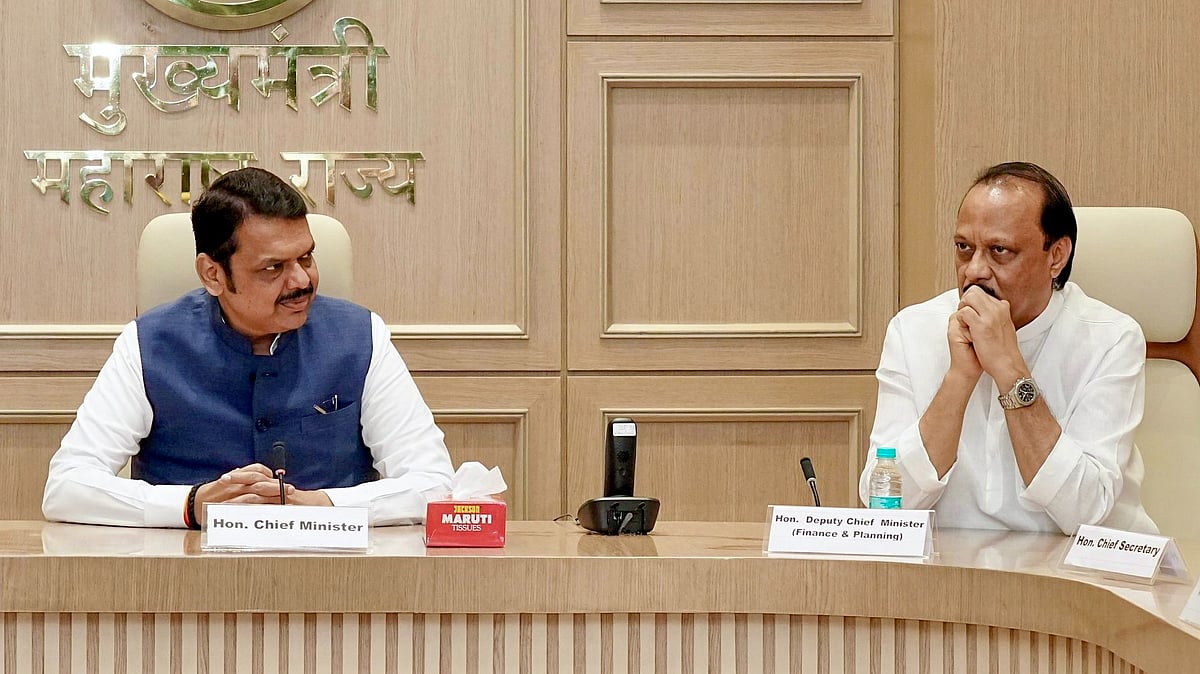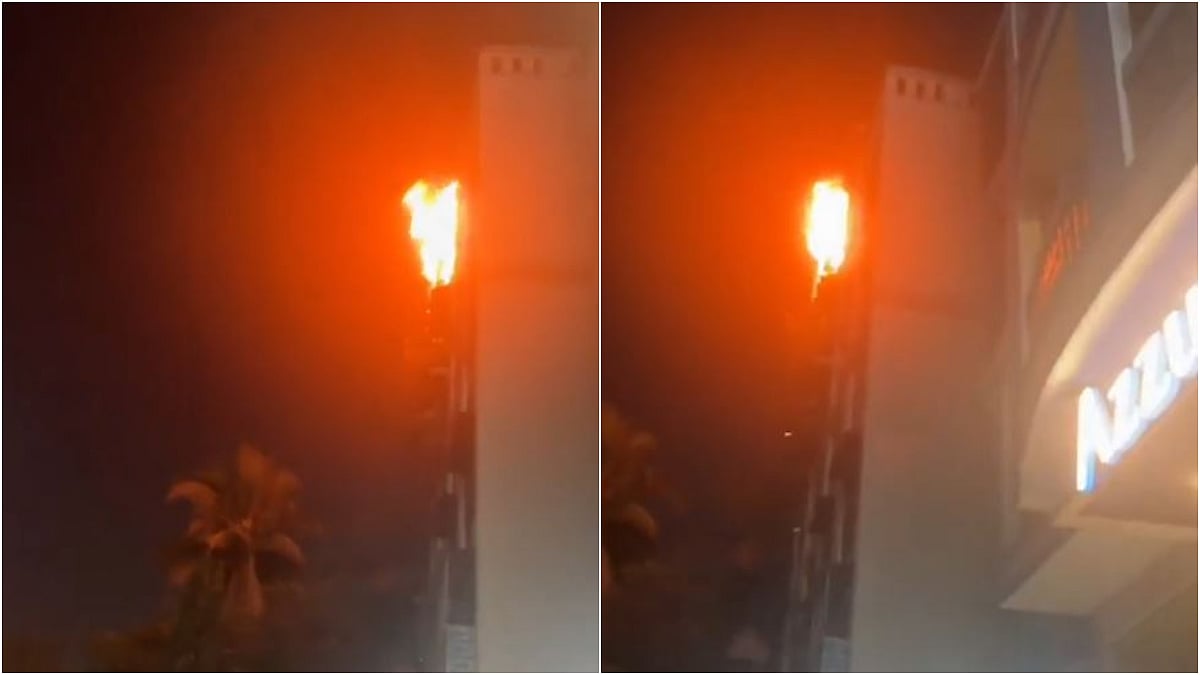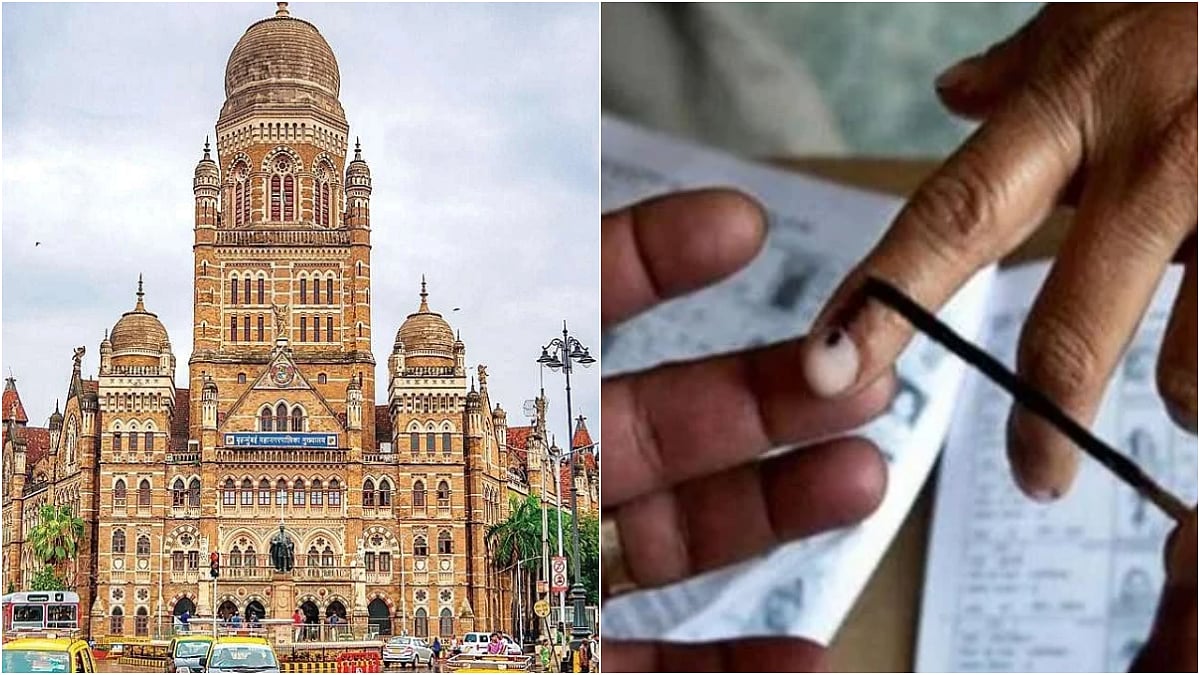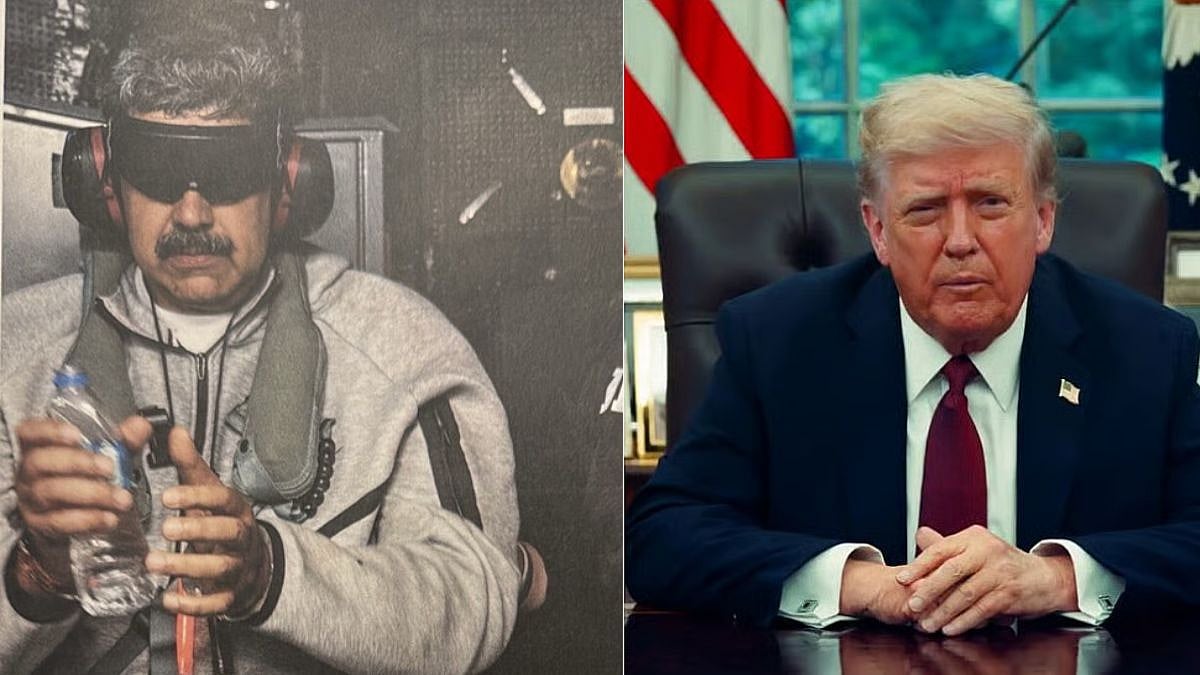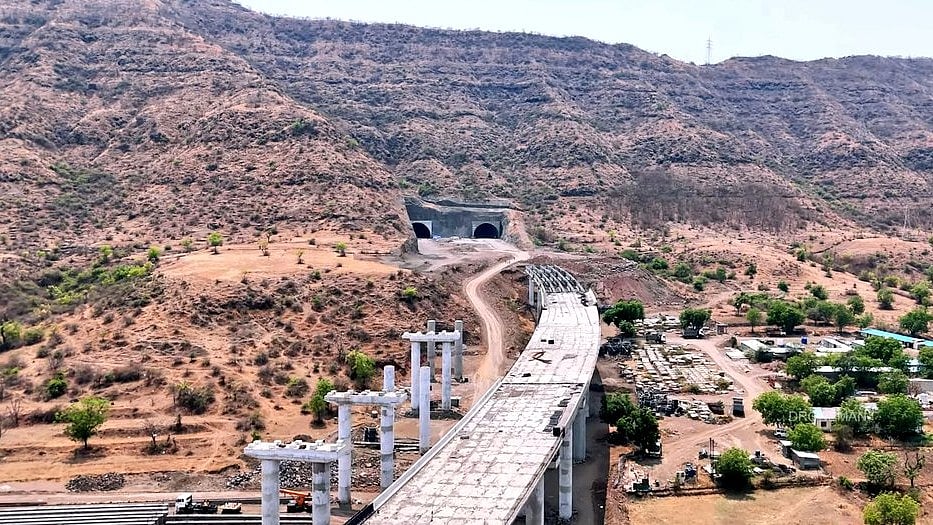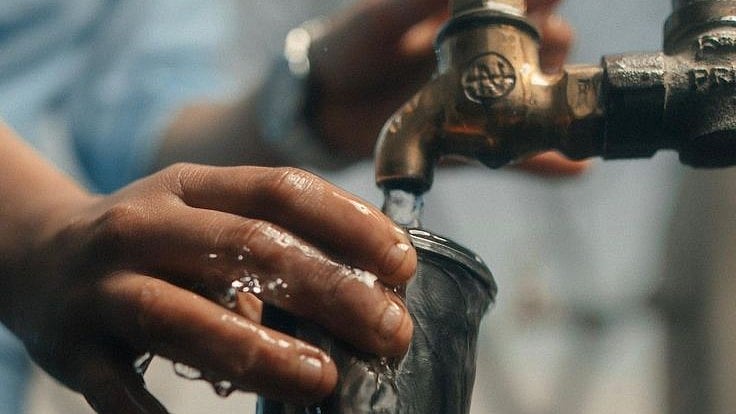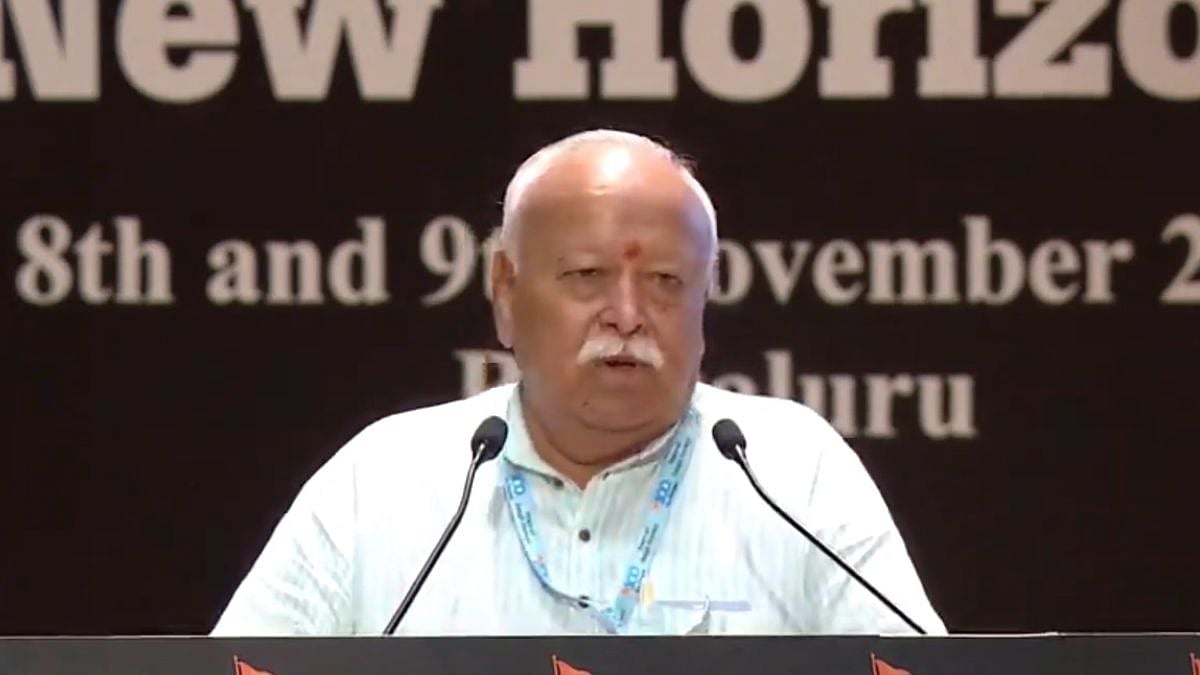The pandemic has brought with it many horror stories not the least of which is the way in which the dead are being robbed of their dignity, and their family members denied the right to perform the last rites in accordance with customs, traditions and rituals. Poor communications and the lack of understanding of a protocol issued way back in March by the Ministry of Health & Family Welfare (MoHFW) is leading authorities and all manner of officialdom to stitch up their own versions of protocols that are based more on fear than on science and a measured reading of the risk of the transmission of the virus from those who have died of the disease.
The government will have to do much more to explain its own protocol at various levels to make way for a humane approach and offer people help and succor where it is most needed. The protocol is an important document that needs more publicity and discussion. A failure to communicate this is less seen in these difficult times but is most felt by those who have gone through the agony of seeing someone die of the disease.
To be sure, and to make it clear, the body of a person who died of COVID-19 does not and cannot transmit COVID-19 in ordinary circumstances. This is quite unlike in the case of, say, the Ebola virus outbreak, where every pore, every opening, every cut in the body discharges the deadly Ebola virus and can infect people handling the body. There is no such risk in the case of COVID-19. The body of a person who died of COVID-19 cannot transmit the infection to those who handle the body. This much is plain and clear.
The MoHFW has a seven-page document (COVID-19: GUIDELINES ON DEAD BODY MANAGEMENT) that right upfront puts up the following clear position: “The main driver of transmission of COVID-19 is through droplets. There is unlikely to be an increased risk of COVID infection from a dead body to health workers or family members who follow standard precautions while handling the body. Only the lungs of dead COVID patients, if handled during an autopsy, can be infectious.” The document lists precautions for those removing the body, for mortuaries and for autopsies but these are mostly standard precautions and they reinforce use of mask, repeated hand washing and safe disposal of linen, etc. The guidelines in fact say that “viewing of the dead body by unzipping the face end of the body bag (by the staff using standard precautions) maybe allowed, for the relatives to see the body for one last time.”
WHO guidelines clearly say that there is no need to disinfect the body before transfer to the mortuary area, body bags are not necessary (although they may be used for other reasons like excessive body fluid leakage) and no special transport equipment or vehicle is required. The body can be wrapped in any suitable cloth or placed in a coffin if that is the custom of the family. The MoHFW guidelines are dated March 15. The ministry must be complimented for this early issuance. But a case can be made now for a revised version to incorporate some of the WHO language and also add in experiences of the last two months in India in handing the disease, along with a robust effort to communicate the guidelines. Orders of various State governments must be aligned to these Central directives.
In sum, for the immediate family in mourning, there are no special precautions required to be taken when attending to the last rites of someone who has fallen to COVID-19 save the following two:
1. The number of people attending the funeral must be restricted to that specified by the local administration. This number should be agreed and implemented on a nation-wide basis. It is quite obvious that this restriction is to protect those attending the funeral, to enable the maintenance of physical distancing so that the mourners in attendance do not spread the virus to each other. Therefore, the number restriction is for persons gathering at a time, not a blanket restriction for the same persons who were present at the beginning of any ceremony. Some of the mourners could be close relatives who would have had exposure to the virus and they themselves may be under quarantine and therefore should re-consider attending the funeral at all or wear face mask and refrain from touching any surface.
2. Kissing or hugging the body is disallowed to prevent the risk of infection from any residual virus on skin surface.
It is important to stress that death with COVID-19 comes after unimaginable suffering, often in isolation. This can last more than a fortnight, after the initial days of suffering at home, as the patient steadily deteriorates. The last days of those suffering from COVID-19 offer no opportunity for comfort, personalised care or the loving touch of those near and dear. Fighting the disease by themselves in hospital, even if they are well attended, is itself lonely because of the sudden change of surroundings and the sudden removal of loved ones from their lives. To add to that they may never see each other again, the pain and trauma caused by this separation can only be imagined. In the thick of a pandemic, with beds filling up, there is little scope for the health system to create conditions to allow loved ones to see the patients. Worse, the loved ones themselves are often under quarantine and will be concerned about being infected by the virus. Social service agencies are not allowed into COVID wards in many cases. The practice of trained grief counsellors and support staff that can help the patient navigate through this sudden and frightening change is also almost non-existent in the Indian health system.
In these circumstances, a high order of patience, compassion and care is required even as a person heads toward death. As we exit the lockdown and as hospitals settle in to handle COVID with a greater sense of understanding and some experience of the last one month, they must make space to allow at least one relative at a time, with full protection gear to visit their loved ones and to comfort them. This can also relieve some of the burden of hospital teams and nursing staff. The call will have to be careful, taking into consideration that virus transmission is by droplets and via fomites, and only after the hospital is able to put in place a system of checks and controls so that risk of infection spreading is minimised.
We must in any case work as a nation to stop the horror images of bodies in black plastic bags, tied with rope, being swung into burial pits as if they are the most hazardous kind of waste and a prime source of infection. To repeat, this is not appropriate or acceptable, and there is no reason to fear infection form those who died of COVID-19 beyond taking the regular, normal and sensible precautions that are already in force. At the most, special PPE such as face mask, apron, gloves — may be called for. Beyond that, the relatives can grieve, perform rituals, say prayers and bid goodbye in peace.
Jagdish Rattanani is a journalist and faculty member at SPJIMR. Dr. T Jacob John is retired Professor of Clinical Virology, CMC Vellore, and past President of the Indian Academy of Pediatrics.
Syndicate: The Billion Press
e-mail: editor@thebillionpress.org

